
What is a Smart Meter?
- A smart meter is used for recording the consumption of electricity, but it also measures voltage levels.
- While traditional meters measure the power consumption of a home or business, smart meters live up to their name and transmit the same information every 15 minutes or hourly to utility providers.
- Since they are connected to the internet, smart meters can communicate information to the consumer about usage and also to the utility provider for monitoring purposes and accurate billing.
About Smart Meter National Programme (SMNP):
- It is an initiative by the government of India to promote the use of smart meters across the country.
- The aim of the SMNP is to improve the billing and collection efficiencies of distribution companies (DISCOMs) operating in the country. It aims to replace 25 crore conventional meters with smart meters in India.
- The scheme is being implemented by Energy Efficiency Services Limited (EESL).
- EESL is a joint venture of four National Public Sector Enterprises: NTPC Limited, PFC, REC, and POWERGRID, and was set up under the Ministry of Power.
- This roll-out is under the Build-Own-Operate-Transfer (BOOT) model, wherein EESL will undertake all the capital and operational expenditure with zero upfront investment from states and utilities.
- EESL recovers the cost of these meters through the monetization of energy savings, resulting from enhanced billing accuracy, avoided meter reading costs and other efficiencies.
- The smart meters are installed as per guidelines issued by the Central Electricity Authority (CEA).
- Benefits associated with smart meters:
- For consumers, smart meters can help save on electricity bills by allowing them to track their consumption and make decisions accordingly.
- For utilities, smart meters can improve operational efficiency and help in managing power demand.
- Smart meters are connected through a web-based monitoring system, which will help reduce commercial losses of utilities, enhance revenues, and serve as an important tool in power sector reforms.
2. European Union’s Digital Markets Act (DMA)

About Digital Markets Act (DMA):
- It is the EU’s law to make the markets in the digital sector fairer and more contestable. It aims to create a safer internet, empower citizens, enhance consumer protections and foster higher-quality digital services.
- In order to do so, the DMA establishes a set of clearly defined objective criteria to identify “gatekeepers”.
- Gatekeepers are large digital platforms providing so-called core platform services, such as online search engines, app stores, and messenger services.
- Gatekeepers will have to comply with the do’s (i.e., obligations) and don’ts (i.e., prohibitions) listed in the DMA.
- The DMA is one of the first regulatory tools to comprehensively regulate the gatekeeper power of the largest digital companies.
- Key Measures:
- Tighter restrictions on how digital gatekeepers can use people’s data—users must give their explicit consent for their activities to be tracked for advertising purposes.
- Messaging services and social media platforms teaming up and sharing users. This could mean, for example, Meta-owned WhatsApp users being able to send messages directly to a completely different messaging service, such as Telegram.
- Presenting users with the option to uninstall preloaded applications on devices.
- Gatekeepers are banned from ranking their own products or services higher than others in online searches.
- The DMA complements, but does not change EU competition rules, which continue to apply fully.
3. Chalukyas of Kalyani
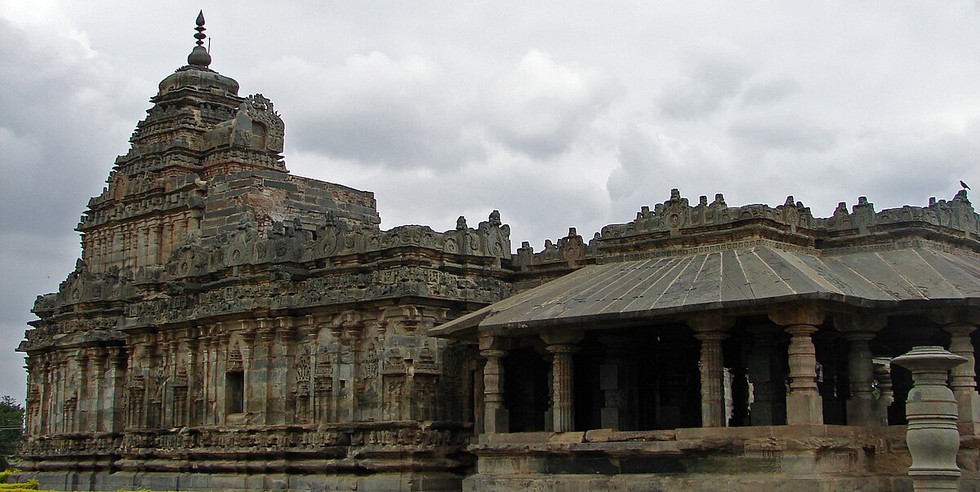
About Chalukya Dynasty:
- The Chalukyas ruled over the central Indian plateau of the Deccan between the sixth and twelfth centuries. During that period, they ruled as three closely related but individual dynasties.
- The Chalukyas of Badami, who ruled between the sixth and eighth centuries, and the two sibling dynasties of the Chalukyas of Kalyani, or the Western Chalukyas, and the Chalukyas of Vengi, or the Eastern Chalukyas.
Key Facts about Chalukyas of Kalyani:
- Primarily a Kannadiga dynasty, they were known after their capital city, Kalyani. It is present in the modern-day Bidar district of Karnataka.
- The empire was established by Tailapa II when the Western Chalukya was a feudatory of the Rashtrakuta Empire and Tailapa II governed Tardavadi in the Bijapur district of Karnataka.
- In the 300 years long rule in the western Deccan and southern part of the Indian peninsula, Chalukya of Kalyani expanded and reached the zenith of power during the rule of Vikramaditya VI (1076-1126 CE).
- It is considered the most successful period of the later Chalukya rulers in Karnataka’s history and many scholars refer to this period as the ‘Chalukya Vikrama era’.
- Vikramaditya VI was not only controlling feudatories in the northern region, such as Kadamba Jayakesi II of Goa, Silhara Bhoja and the Yadava King; he won several battles against the Chola dynasty. He won the battle of Vengi in 1093 and defeated Cholas again in 1118. He gained the rights on territories amid hostilities with the Cholas.
- Decline:
- After Vikramaditya VI’s death, the consistent confrontation with the Chola dynasty exploited both empires and gave opportunities to their subordinates to rebel.
- After 1126, the Western Chalukya empire started declining, and by the time of Jagadhekamalla II, everything was falling apart.
- Administration, Art, and Architecture:
- The king passed his powers to the male heir and brother in the absence of a male heir. The whole kingdom was divided and managed by feudatories such as the Hoysala and the Kakatiya.
- While the Chalukya Dynasty maintained a great army of infantries, cavalries, elephant units, etc, the Western Chalukyas followed the trend and achieved a great extent of power.
- They were primarily Hindus but also acknowledged and tolerant of Buddhism and Jainism. The Chalukyas contributed greatly to the development of Kannada and Telugu literature.
- The Western Chalukya minted punch-marked gold coins called pagodas with Kannada legends. Coins were minted, and cryptograms of temples, lions, and lotus were imprinted on them.
- Their architecture is a link between the Badami Chalukya architecture of the 8th century and the Hoysala architecture of the 13th century. Their art is also called the ‘Gadag style’ because numerous temples were built in the Tungabhadra-Krishna doab region in the present-day Gadag district.
- Their temples depict both religious and secular themes. The Mallikarjuna temple of Bellary, Siddeshvara temple in Haveri, Kallesvara temple in Davangere district, etc are a few of the finest examples of later Chalukya architecture.
4. What is National Disaster Response Fund (NDRF)?
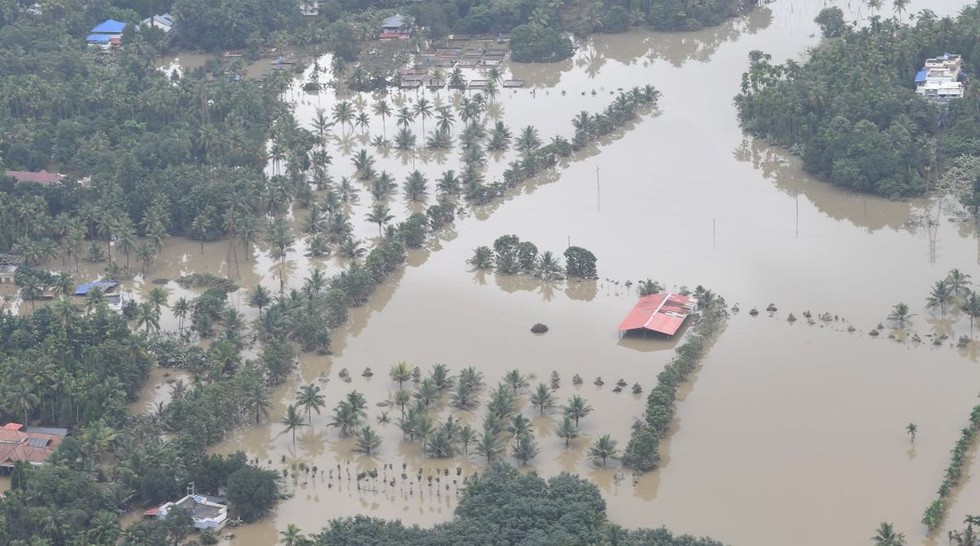
About National Disaster Response Fund (NDRF):
- It is a fund managed by the Central Government to meet the expenses for emergency response, relief, and rehabilitation due to any threatening disaster situation or disaster.
- It is constituted to supplement the funds of the State Disaster Response Funds (SDRF) in case of a disaster of severe nature, provided adequate funds are not available in SDRF.
- It is placed in the “Public Account” of the GOI under “reserve funds not bearing interest”. Since it is placed in the public accounts, the government does not require parliamentary approval to take money out of this fund.
- Eligibility:
- NDRF guidelines state that natural calamities of cyclones, drought, earthquake, fire, flood, tsunami, hailstorm, landslide, avalanche, cloud burst, pest attack and cold wave and frost considered to be of severe nature by the Government of India (GoI) and requiring expenditures by a state government in excess of the balances available in its own SDRF will qualify for immediate relief assistance from NDRF.
- The NDRF also covers man-made disasters such as terrorist attacks, chemical or biological disasters, or nuclear disasters as notified by the Central Government.
- For availing the NDRF funds, States are required to submit a memorandum indicating the sector-wise damage and need for funds. The Centre, on its part, assesses the damage and grants the additional funds to states.
- The financial assistance from NDRF is for providing immediate relief and is not compensation for loss/damage to properties /crops. In other words, the NDRF amount can be spent only towards meeting the expenses for emergency response, relief and rehabilitation.
- The NDRF is not used for disaster preparedness, restoration, reconstruction and mitigation. These activities are funded by other schemes such as the National Disaster Mitigation Fund (NDMF), the National Cyclone Risk Mitigation Project (NCRMP), National Flood Management Programme (NFMP), etc.
- Sources of Financing NDRF:
- It is financed through the levy of a cess on certain items, chargeable to excise and customs duty, and approved annually through the Finance Bill.
- The requirement for funds beyond what is available under the NDRF is met through general budgetary resources.
- The National Executive Committee (NEC) of the National Disaster Management Authority takes decisions on the expenses from NDRF.
- The NDRF accounts are audited by the Comptroller and Auditor General (CAG) every year.
5. Captive Elephant (Transfer or Transport) Rules, 2024
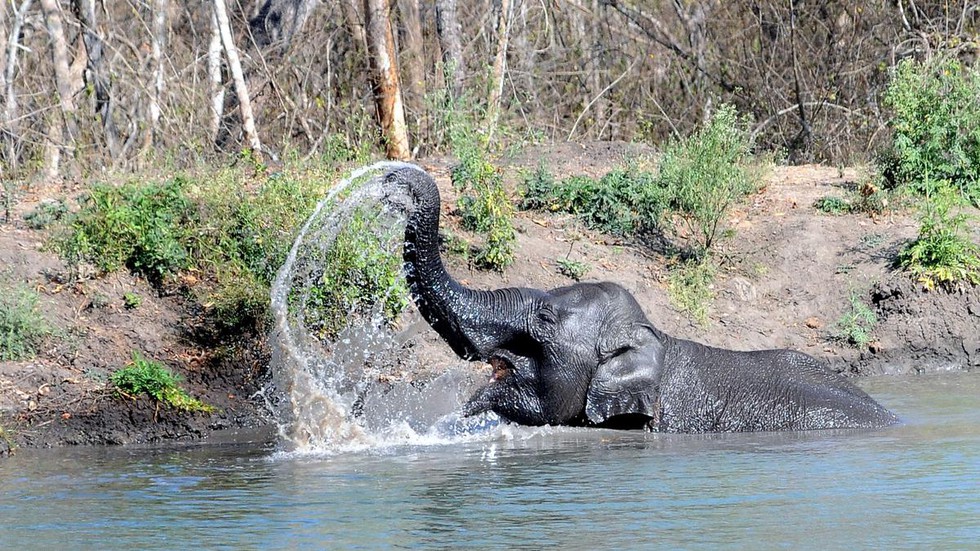
Captive Elephants under the Wildlife Protection Act (WPA), 1972:
- Elephants are a Schedule I species, and therefore, be it wild or captive, cannot be captured or traded under any circumstances.
- Section 12 of the Act allows Schedule I animals to be translocated for ‘special purposes’ such as education and scientific research. They can also be translocated for population management of wildlife without harming any wild animals and the collection of specimens for recognised zoos/museums.
- Captive elephants, because of their historical role in forest management, timber transport, presence in estates of erstwhile royal families and in temple precincts for religious purposes can be owned and therefore come under a special category. However, strict rules guide the transfer of such elephants.
- Section 40(2) of the WPA prohibits the acquisition, possession, and transfer of a captive elephant without the written permission of the Chief Wildlife Warden (CWW) of the State.
- The Environment Ministry in 2021 brought in an amendment that allowed the transfer of elephants for ‘religious or any other purposes’.
Captive Elephant (Transfer or Transport) Rules, 2024:
- It lays down the procedure to be followed for the transfer of captive elephants within a State or between two States. The notification authorises the CWW of States and UTs to permit or reject the transfer of captive elephants.
- The CWW shall permit the inter and intra-State transfers if the owner of the elephant is no longer in a position to maintain it or if the animal will have a better upkeep than in the present circumstances.
- The transfer of captive elephants won’t be permissible unless the genetic profile of the animal has been entered in the electronic monitoring application of the MoEFCC (Ministry of Environment, Forest and Climate Change).
- The application for transfer of captive elephants should be made to the deputy conservator of forests (DCF), having jurisdiction over the area where the elephant is registered.
- The DCF will conduct an inquiry and physical verification of the facility where the elephant is presently housed, and also the facility where the elephant is proposed to be housed and obtain a certificate of a veterinary practitioner, and then forward the details to the CWW, who within seven days will accept or reject the transfer.
6. Post-vaccination immunity
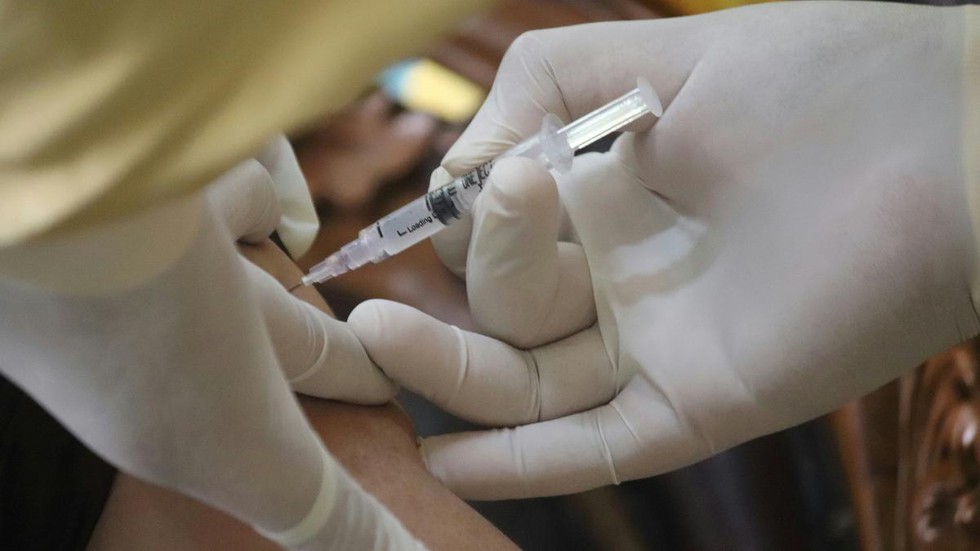
About Post-vaccination immunity:
- Process
- In the fundamental immunological mechanism, our lymph nodes first produce the memory B cells that confer long-term protection against a disease.
- These cells ‘memorise’ the antigen the vaccine has delivered. When a foreign object like a virus enters the body bearing the same antigen, the B cells will trigger the production of a large number of potent antibodies to destroy it, removing the infection.
- These memory B cells require T cell support, and only vaccines that stimulate T cells can also induce the body to produce them. Further, not all vaccines – including the polysaccharide typhoid and the pneumococcal vaccines – prompt the body to make B cells.
- In some cases, frequent boosters are required to enhance the duration of immunity the cells confer, ranging from six months to a few years.
- Also, vaccines trigger the production of memory B cells to different degrees, plus having memory B cells alone does not guarantee protection.
- Another essential immune cell, called long-lasting plasma cell (LLPC), migrates from the lymph node to the bone marrow and may endure for decades.
- LLPCs are the main immunological factor in vaccine-induced immunity. Every vaccine tries to create long-lasting plasma cells for lifelong protection.
- The measles and rubella vaccines produce these cells in the bone marrow. However, some potent vaccines, such as the mRNA COVID-19 shots, fail to activate these cells in the bone marrow.
- To provide long-term protection, then, vaccines must generate memory B cells and LLPCs in the bone marrow. Different vaccines differ in their ability to produce these cells, explaining the disparity in their durabilities.
7. Bima Sugam

About Bima Sugam:
- It is like an e-commerce platform where insurance companies can sell their products. It onboards all the companies that offer life and non-life insurance products under one roof.
- It aims to provide an 'end-to-end' digital journey to all policyholders like from buying insurance policies to renewals to claim settlement to portability to grievance redressal.
- It serves as a one-stop solution for all insurance stakeholders, including customers, insurers, intermediaries and agents, thereby, promoting transparency, efficiency and collaboration across the entire insurance value chain.
- It will be a unified platform, which will be integrated with various govt databases, insurers, intermediaries, insurance repositories, etc., for fetching customer details, providing product information, and buying and servicing Insurance policies.
- Bima Sugam aims to eliminate the paperwork as you can simply have your policy in an electronic format. Customers can view all their policies — life, health and non-life insurance — in one single application or window under Bima Sugam.
8. District Election Management Plan
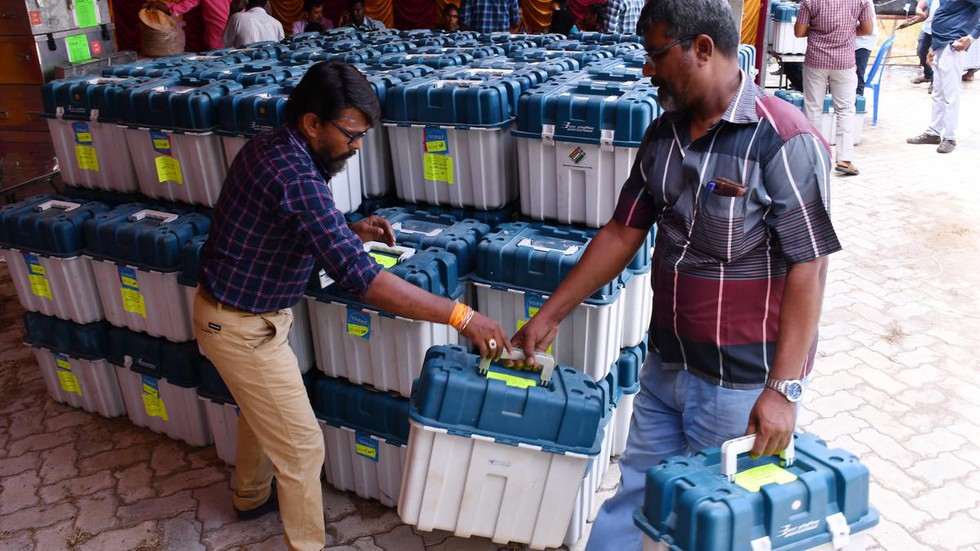
About District election management plan:
- It is a comprehensive document that uses statistics and analysis to ensure the smooth conduct of elections.
- When is the DEMP prepared?
- As per the Election Commission of India, the DEMP is to be prepared at least six months before the tentative poll day.
- Executing the DEMP requires a collaborative effort involving election officials, administrative authorities, law enforcement agencies etc.
- Elements of DEMP
- The plan starts with a district profile that serves as the foundation of the electoral strategy. It includes a political map outlining constituencies, key demographic and infrastructure statistics, a brief on the district’s administrative setup and socio-economic features.
- The plan encompasses detailed strategies for improving the availability and accessibility of polling stations, ensuring that all stations have essential facilities like ramps, electricity, lighting, drinking water, toilets and internet connectivity.
- Special attention is given to voters with disabilities (PwD) and senior citizens through help desks, 24/7 control rooms, home voting options and advanced postal ballot voting for essential service personnel.
- Another critical component of the DEMP is the Systematic Voters’ Education and Electoral Participation (SVEEP) plan, which focuses on increasing electoral participation.
- It outlines a comprehensive strategy for the planning, training, welfare and deployment of election personnel.
- It also includes training district-level teams to enforce the Model Code of Conduct (MCC) and providing a training program for all election personnel to ensure they have the necessary skills and knowledge.
9. Eturnagaram Wildlife Sanctuary
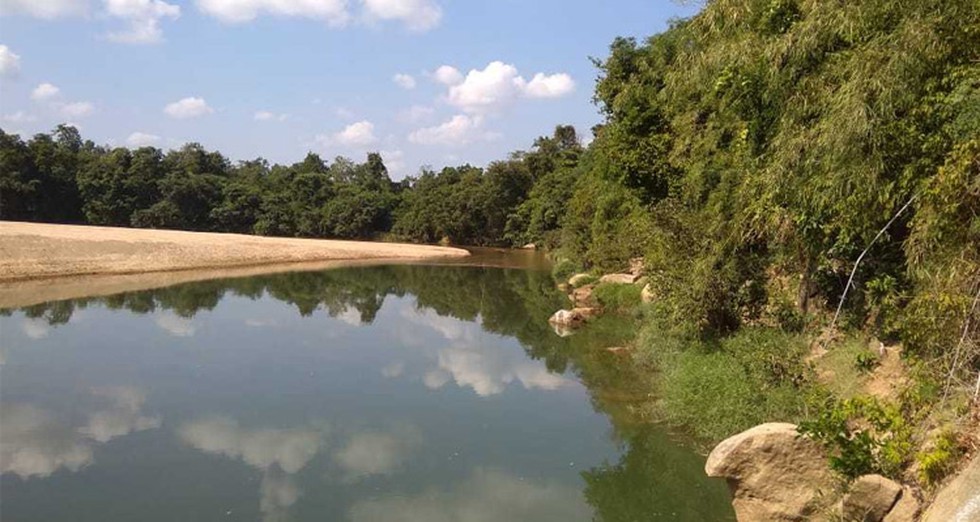
About Eturnagaram Wildlife Sanctuary:
- It is located near the border of Maharashtra, Chhattisgarh and Telangana. River Vagu separates the wildlife sanctuary into two parts. River Godavari also passes through it.
- The sanctuary is also famous for the Sammakkka Sarakka Jathra, one of the Asia’s largest tribal jahtra, taking place here every two years.
- Vegetation: The region falls in the tropical dry deciduous type of vegetation.
- Flora: It is rich in the growth of teak, bamboo and other trees like madhuca and terminalia.
- Fauna: The keystone species in the sanctuary are Indian gour and giant squirrel.
10. Cannabis
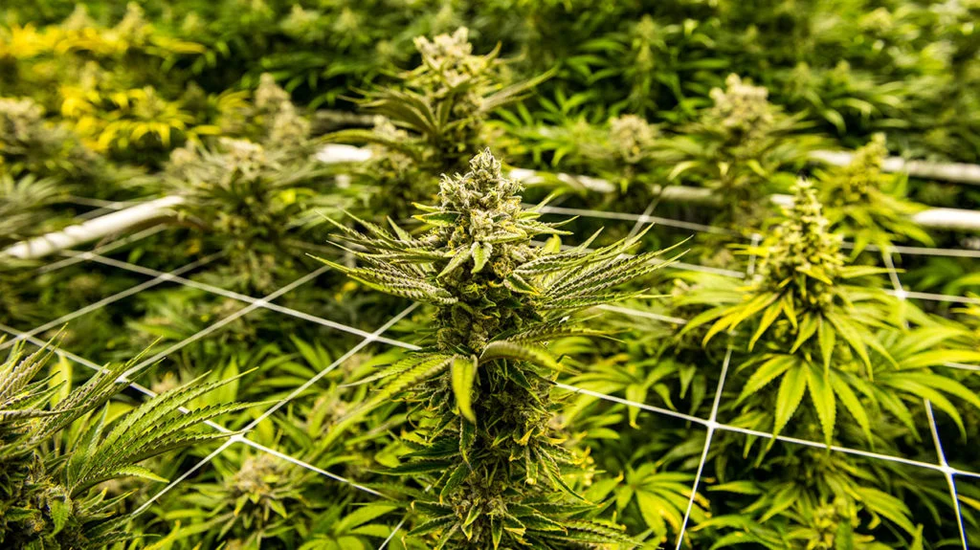
About Cannabis:
- It is found mainly in the Indo-Gangetic plains – in Himachal Pradesh, Punjab, Haryana, Uttar Pradesh, Bihar and West Bengal – along with the Deccan region. It is termed Ganzai in Telugu, Ganja in Tamil, and Bangi in Kannada. Three products can be obtained from the plant – fibre, oil, and narcotics.
- Bhang is obtained from the seeds and leaves of the plant, which are reduced to powder. Then, the powder is filtered and prepared for drinking, mixed often with cold, flavoured milk or thandai on Holi.
- Other uses of Cannabis
- Hemp-seed oil is used in varnish industries as a substitute for linseed oil and in the manufacturing of soft soap. It has many medicinal uses, too.
- As per ICAR, the ash of cannabis is applied on animals’ skin in cases of haematoma, a condition in which blood clots outside of the blood vessels.
- It is cultivated in the Chhota/Bada Bhangal of Kangra and the Karsog area of Mandi district in Himachal Pradesh.
- While cultivation for extraction of addictive narcotics is illegal, States allow controlled and regulated cultivation of cannabis for obtaining its fibre and seed for industrial or horticultural purposes.
- Treating paddy seed with bhang is effective in paddy seed germination and this treatment is common in temperate areas of Jammu and Kashmir, where temperature during nursery raising is low. They are also used for controlling threadworms in paddy nurseries by the farmers.
- Cannabis leaves are heated and crushed to make a paste for treating honey bee or wasp sting.


























































































































































.png)
.png)
.png)
.png)
.png)


.png)
.png)
.png)





.png)
.png)






.png)
.png)
.png)
.png)
.png)
.png)
.png)
.png)
.png)

.png)







.png)
.png)


.png)
.png)
.png)


.png)

.png)
.png)





.jpg)

.png)
.png)


.png)

.png)
.png)
.png)

.jpg)

.jpg)


.png)

.png)
.png)
.png)
.png)
.png)
.png)
.png)
.png)
.png)
.png)




.png)

.png)





.png)
.png)
.png)
.png)
.png)
.png)
.png)
.png)
.png)
.png)
.jpg)
.jpg)

.png)
.png)
.png)
.png)
.png)
.png)
.png)
.png)
.png)
.png)
.png)
.png)
.png)
.png)
.png)
.png)
.png)
.png)
.png)
.png)
.png)
.png)



.png)
.png)

.jpg)
.jpg)


.jpg)
.jpg)
.jpg)
.jpg)
.jpg)

.jpg)








.jpg)
.jpg)
.jpg)
.jpg)
.jpg)

















.jpg)
.jpg)







.jpg)


















.jpg)
.jpg)






























































































.jpg)
.jpg)


























.jpg)

.jpg)










.jpg)








.jpg)




.jpg)










.jpg)


















.jpg)












































.jpg)














.jpg)
.jpg)
.jpg)





.jpg)

.jpg)
.jpg)





































































.jpg)


































.jpg)
.jpg)
















































.jpg)












.jpg)


.jpg)




.jpg)
.jpg)
.jpg)

.jpg)
.jpg)
.jpg)
.jpg)

.jpg)
.jpg)
.jpg)

.jpg)
.jpg)
.jpg)
.jpg)
.jpg)
.jpg)
.jpg)
.jpg)

.jpg)


.jpg)
.jpg)
.jpg)
.jpg)
.jpg)
.jpg)
.jpg)
.jpg)
.jpg)
.jpg)











.jpg)
.jpg)





.jpg)
.jpg)
.jpg)
























.jpg)
























.jpg)









.jpg)
.jpg)







.jpg)
.jpg)









































.jpg)
.jpg)
.jpg)
.jpg)
.jpg)

.jpg)
.jpg)
.jpg)
.jpg)
.jpg)


.jpg)
.jpg)
.jpg)
.jpg)
.jpg)

.jpg)
.jpg)
.jpg)
.jpg)
.jpg)
.jpg)
.jpg)
.jpg)
.jpg)
.jpg)
.png)

.png)
.png)

.png)
.png)
.png)
.png)


.jpg)
.jpg)

.jpg)
.jpg)
.jpg)

.png)
.png)
.png)
.png)
.png)
.png)
.png)

.png)
.png)
.png)
.png)
.png)
.png)
.png)
.png)
.png)
.png)





































































-min.png)



.png)




.png)








































